The MiG-21bis is a delta wing, supersonic, fighter-interceptor jet aircraft. Much like the AK-47 became the everyman's rifle, the MiG-21 has been operated by more than 40 countries worldwide, and has enjoyed the longest production run of any modern jet fighter to date. The MiG-21, in all of its variants, has fought in wars stretching all the way from the Vietnam War in the 1960's to the modern day Syrian Civil War. Owing to its unique blend of versatility, ruggedness and maintainability, the MiG-21 remains in active service to this very day.
Leatherneck Simulations' recreation of the MiG-21 is, by far, the most accurate and comprehensive simulation of this supersonic jet fighter to date. The fully simulated systems, interactive cockpit, advanced flight modeling and incredible graphical fidelity come together to create a package that will provide you with the most authentic simulation possible. So strap in, and get ready to experience the rebirth of a legend.
The MiG-21bis is a delta wing, supersonic, fighter-interceptor jet aircraft. Much like the AK-47 became the everymans' rifle, the MiG-21 has been operated by more than 40 countries worldwide, and has enjoyed the longest production run of any modern jet fighter to date. The MiG-21, in all of its' variants, has fought in wars stretching all the way from the Vietnam War in the 1960's to the modern day Syrian Civil War. Owing to it's unique blend of versatility, ruggedness and maintainability, the MiG-21 remains in active service to this very day. Initially designed as a pure-bred interceptor, the MiG-21 has over the years evolved into a hybrid multirole aircraft. In addition to a vast Air-to-Air arsenal, it can effectively employ unguided rockets, bombs and radar-guided missiles to destroy ground or naval targets.
The MiG-21BIS 75AP (МиГ-21бис Изделие 75) was the ultimate development of the MiG-21, fitted with the Tumansky R25-300 turbojet engine and a great number of other advances over previous types. The MiGs' intended for the Soviet PVO (Air Defense Force) were equipped with the Lazur GCI system (NATO: "Fishbed-L"), while those for the Soviet Air Force were fitted with the Polyot ILS system (NATO: "Fishbed-N"). It's fitted with instruments and electronic equipment ensuring capability to fly by day and at night, under fair and poor weather conditions. The MiG-21BIS is considered to be a third generation jet fighter. Some 50 countries over four continents have flown the MiG-21, and it still serves many nations half-century after its' maiden flight. Several firms offer upgrade programs for the MiG-21, designed to bring the aircraft up to modern standards, with greatly upgraded avionics and armament. The DCS: MiG-21bis simulates an aircraft built to the Fishbed-N standard.
Crew: 1
Length: 15.0 m (with Pitot) (49 ft 2.5 in)
Wingspan: 7.154 m (23 ft 5.66 in)
Height: 4.125 m (13 ft 6.41 in)
Wing area: 23.0 m2 (247.3 ft2)
Empty weight: 5,339 kg (11,770 lb)
Gross weight: 8,725 kg (19,235 lb)
Powerplant: 1 x Tumansky R25-300, 44 kN static thrust dry, 71 kN static thrust with afterburner

The DCS: MiG-21 comes with a 6 degrees-of-freedom, interactive, clickable cockpit. Detailed meshwork and textures provide the end-user with an immersive cockpit flying experience. DCS World also offers full Oculus Rift support, and the MiG-21 cockpit is no exception.
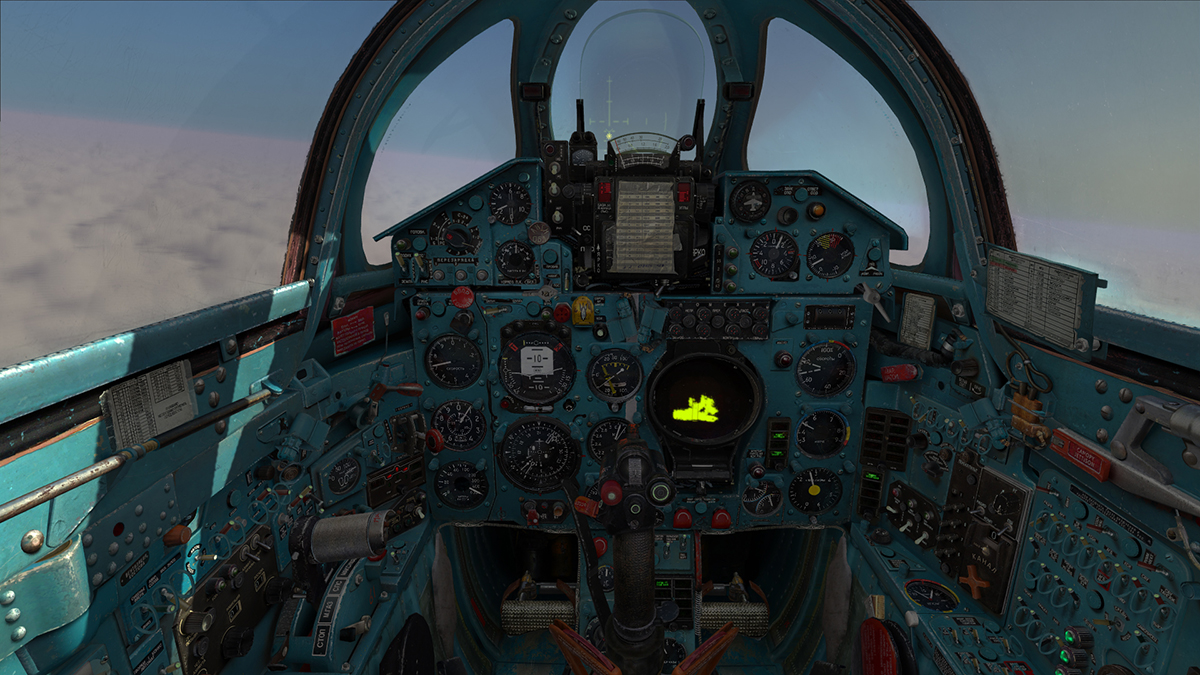
To simplify the mastering of the cockpit and its' controls, tooltips are provided to the end user in both English and Russian languages.
The cockpit, all text and artwork, has been fully translated from the original Russian labeling to English. Control over which cockpit language you'd like to use is achieved by a setting in the options menu.
The DCS: MiG-21 exterior model is highly detailed and features high-resolution textures with normal and specular maps. Highly detailed afterburner, exhaust and suspension animations (amongst others) further improve immersion.
Over 10 liveries are provided with the aircraft, ranging from countries such as Egypt to Finland.
A package of pre-compiled photoshop files (.PSD) will be made available after release for easy community livery creation and repainting.
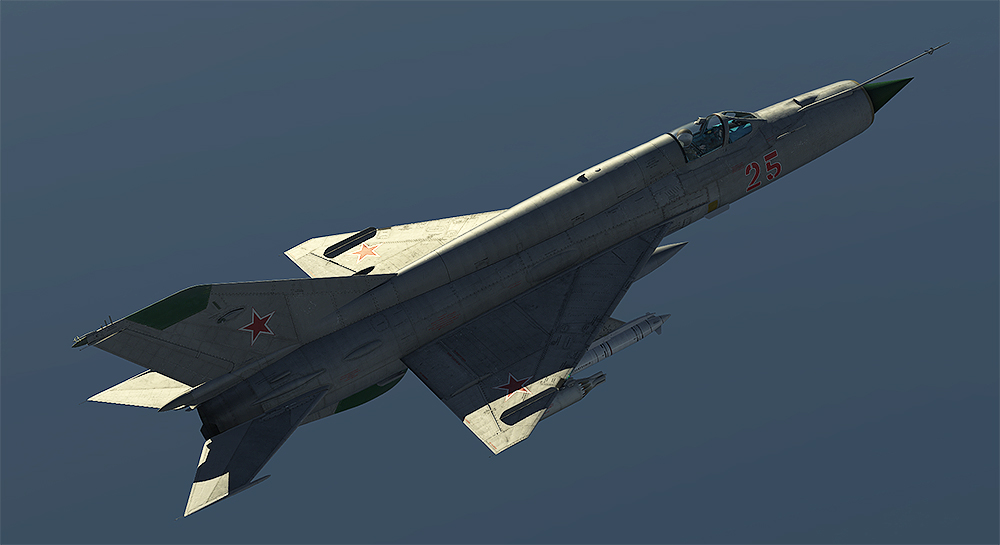
The DCS: MiG-21 comes with a full suite of interactive training missions that will significantly assist in the learning process of learning this complex aircraft. These training missions are divided into three sections: Basic Training, Navigation, and Weapons Employment.

The DCS: MiG-21 will come with a comprehensive Singleplayer campaign, featuring two fictional factions and a host of diverse missions and scenarios.
The DCS: MiG-21bis comes with a full suite of documentation to help you become proficient with the aircraft. The manual weighs in at around 200 pages; and covers every system or function in great detail. Quick-start guides and other reference material (video tutorials) will also be available.
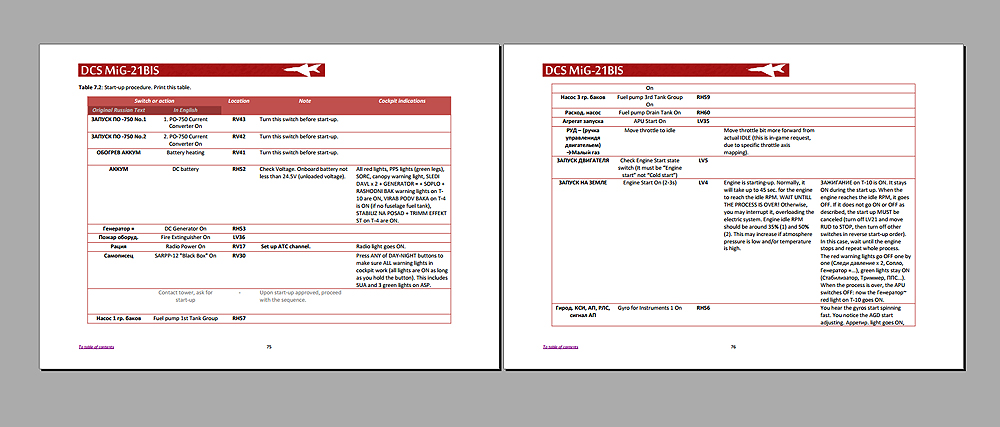
The DCS: MiG-21 is designed to from the ground up to faithfully recreate and simulate all interior avionics to their fullest extent. No effort has been spared in making this one of the most complex and accurate flight simulation aircraft available, which is designed to meet the Advanced Systems Modelling ("ASM") criteria set forth by Eagle Dynamics.
The DCS: MiG-21 simulates all major and minor avionics and system components found in the Fishbed-N, including, but not limited to:
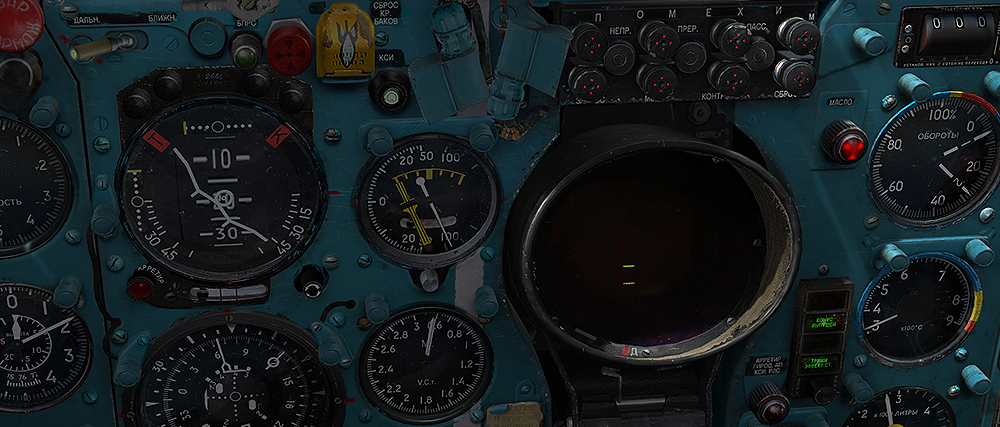
By 1971, Sergey Tumansky's OKB-300 design bureau had completed work on the new R-25-300 after burning turbojet engine; and what was to be the ultimate development of the R-11. The R-25-300 is a two-spool axial flow turbojet engine, with significant improvements in all performance parameters over its' predecessors. Take-off thrust, in comparison to latter models, was increased by 2,200 kgp.
A unique specialty of the R-25-300 was the addition of a second, emergency, reheat (afterburner) stage. When activated by the pilot, this stage allows the engine to produce around 100 kN of thrust at Mach 1. Due to the risk of severe engine damage, this mode is limited to three minutes of use in emergency war-time conditions.
The DCS: MiG-21 accurately models and reproduces the performance and unique characteristics of the Tumansky R-25-300 engine. You will have to learn how to take proper care of your power plant, avoiding flight conditions where you risk damaging the engine components or even loosing all thrust. Mid-Air engine re-light attempts are as exciting as ever!
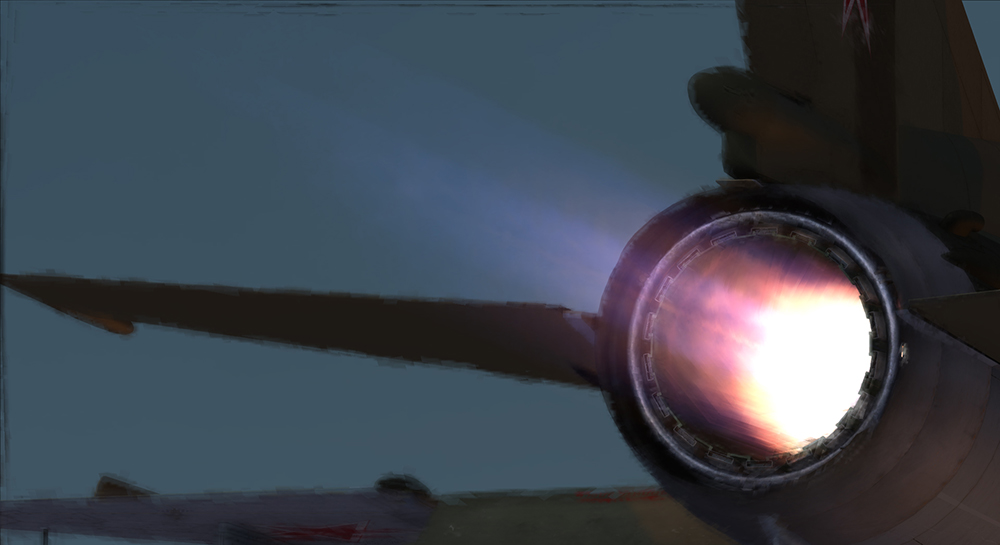
A cornerstone of our MiG-21 simulation is the RP-22SMA Sapfir ("Sapphire") radar.
Our radar simulation faithfully recreates every function, quirk and characteristic of this fairly rudimentary radar system. True to it's real life counterpart, this radar makes it both challenging and interesting to find and engage targets using a variety of weaponry.
Notable features in the RP-22SMA radar simulation include, but are not limited to:

The flight model is heavily component based, and simulates aerodynamic forces acting upon each component of the aircraft in real-time. At no time during the flight envelope is the aircrafts' behaviour "scripted". Tuned up to 19.000 meters, it will give you a unique experience in flying this small and agile fighter.
Learn to takeoff with small wings and a high speed, feel the RATO effect, experience non-symmetric wing load and super critical angles of slide/slip aircraft behavior and much more. Have fun experimenting and discovering the aircraft behavior in irregular flight conditions, where your engine will stall, you will loose your orientation, your weapon will detach from the aircraft and... you're gonna love it!
The flight model has been built over the course of a few years, and utmost care has been taken to ensure an authentic experience of flying the MiG-21bis, under all possible flight conditions.
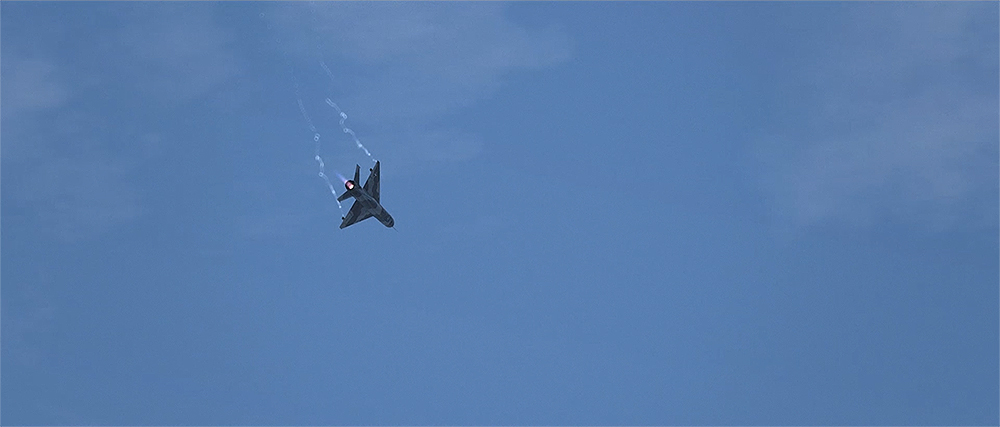
The DCS: MiG-21 comes with a suite of weaponry, some custom and unique to the MiG-21bis itself. As the MiG-21 evolved into a multi-role capable aircraft, the amount and type of weaponry available to pilots also grew. The MiG-21 is capable of utilizing Air-to-Air missiles, free-falling and retarded bombs, nuclear bombs, beam riding missiles, unguided rockets and gunpods.
Air-to-Air Missiles
Bombs
Simulated Nuclear Bombs
Unguided Rockets
Beam-Riding Missiles
Drop tanks
Misc

Leatherneck Simulations is a small, but passionate group of flight simulation developers, with a core development team consisting of Game, Visual FX and Film industry veterans. After three years of development, our maiden project: the DCS: MiG-21bis will launch. So strap in and join us as we venture into a new era of flight simulation. For more information, please visit: www.leatherneck-sim.com
The DCS: MiG-21 has been developed in association with Eagle Dynamics and The Fighter Collection.








